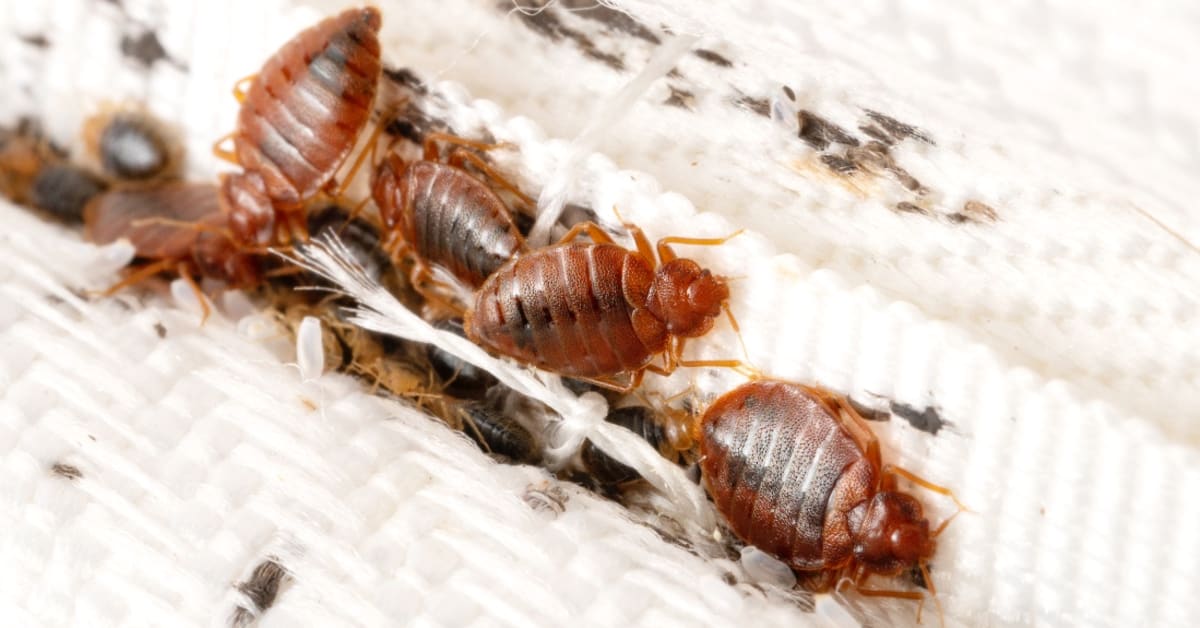A bedbug infestation has swept across Paris and other French towns, causing a wave of insectophobia and prompting concerns about health and safety during next year’s Olympic Games.
That is how the phenomenon has been largely reported in French and now international news media.
Part of it is correct. But it isn’t in another place.
The frequency of bedbug sightings has climbed in recent weeks, and this rising trend has been going on for some years.
“Every late summer, we see a big increase in bedbugs,” says Jean-Michel Berenger, an entomologist at Marseille’s main hospital and France’s foremost authority on les punaises.

“That’s because people moved around in July and August and brought them back in their luggage.”
“And each year, the seasonal increase is bigger than the last one.”
In Paris, fresh sources of anxiety have been added to the long-standing fear of infestation felt by flat-dwellers (one in ten have had bedbugs in the previous five years, according to official estimates).
Reports of punaise being seen in movies recently have not been proven but are considered serious. Similarly, accusations that people have been bitten on trains have been made.
And now, both Paris City Hall and President Emmanuel Macron’s administration are urging action. It demonstrates how seriously they regard the matter—and how important it is to maintain Paris’s image ahead of the 2024 games—that they are not dismissing the bedbug hysteria as a social media creation.
Because that is a part of the tale as well.
Scary stories are spreading so quickly on the internet that they are converting what was once a reliable slow-day chestnut for newspapers into a national emergency.
Cinema owners, who are already concerned about dwindling attendance, are terrified when films spread showing unidentifiable mites on a seat. Metro passengers have begun to inspect their seats. Some people like to stand.
“There is a new element this year, and that is the general psychosis that has taken hold,” adds Berenger.
“In some ways, it’s a good thing because it raises awareness of the problem, and the sooner you act against bedbugs, the better.”
“But a lot of the problem is being exaggerated.”
“Having bedbugs is no laughing matter,” Berenger explains. “However, there are many far-fetched stories about how easily they can spread from A to B.”
“In my view, the way to tackle bedbugs is not to target everyone but to go for super-spreaders.”
These are the folks, he claims, who, despite their small number, can cause the biggest trouble.They are frequently at the bottom of society’s rungs, marginalized, impoverished, already unwell, and unable to care for themselves.
When he and his crew are summoned to a super-spreader apartment, they discover really awful sights: hundreds of bedbugs crawling over each other, under garments, on the floors, and behind portraits. Eggs can also be found anywhere.
“Bedbugs are spread every time one of these people leaves his or her home.” They are the ones that require assistance.”










